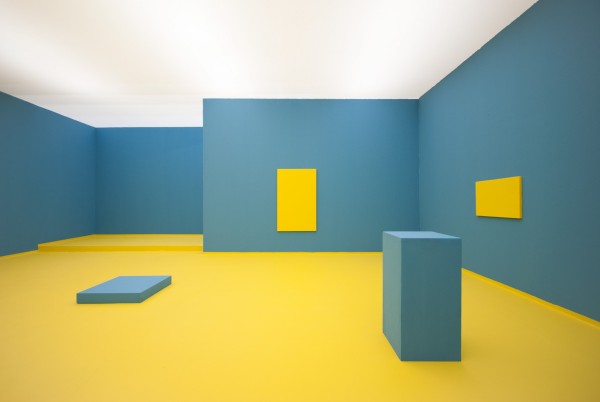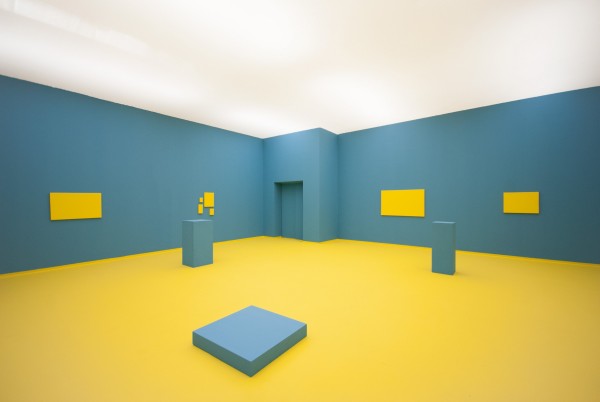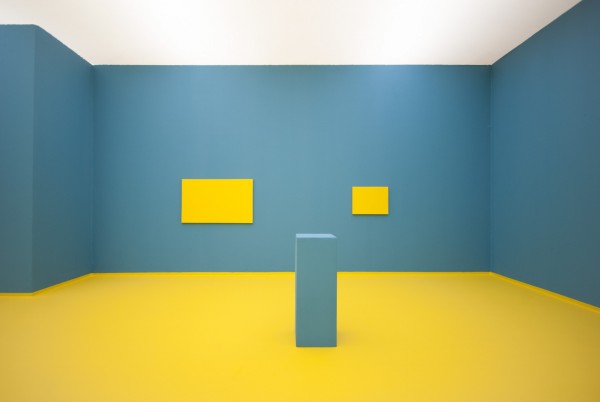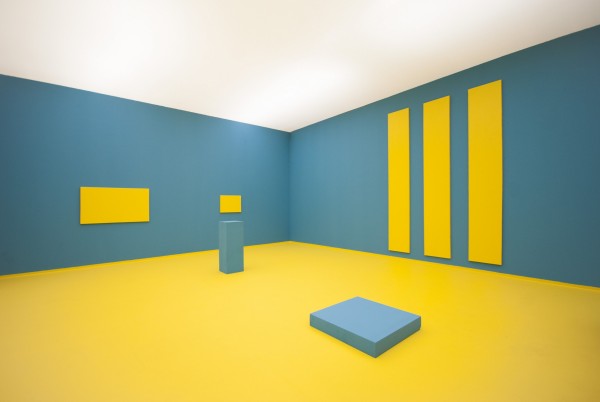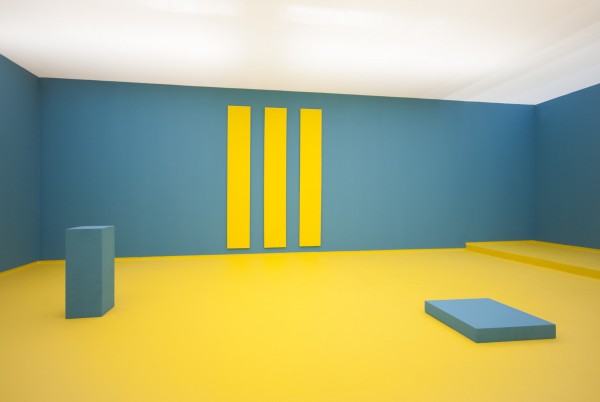Ott Metusala and Erki Närep
Thursday, 26 September 2013
Ott Metusala and Erki Närep
Work from Take it from here @ Konstanet
“Far more people see art on screens than in museums. The gallery is no longer the primary exhibition space – the Internet is. Consequently more and more exhibits are carried out not in a physical form, but instead posted on websites as two-dimensional images. So what happens to a physical medium when it is not used for its main function – to present media? In one perspective, galleries (i.e. the medium) become useless and incomplete, having no purpose at all. On the other hand, the medium can be seen as the message or even art itself. Usually, mediums are designed and illustrated to provoke a certain emotion or create a certain background for media. Therefore, the medium becomes a part of the whole conception and still holds the emotion or characteristics of the existed or removed media.
A light bulb does not have content in the way that a newspaper has articles or a television has programs, yet it is a medium that has a social effect – a light bulb enables people to create spaces during night time that would otherwise be enveloped by darkness. A light bulb is a medium without any content. A light bulb creates an environment by its mere presence.
Empty frames and pedestals in a room may not have a deeper meaning without any media. However, the mere existence of frames and pedestals creates an environment for an art gallery, just like the light bulb. It instantly gives the understanding that the medium exists for a certain reason – to present something. Medium without the media becomes a part of an environment – the gallery – and therefore, becomes something totally different. For instance, if you take an mp3-player, plug in the headphones and put them in your ears without turning the player on, headphones become a part of your appearance, having no actual purpose at all. Without any defined purpose, a medium becomes the purpose – the media or the message itself.
Since digital images are supplanting exhibition space, galleries have become a metaphor—not a physical necessity but a necessary intermediation. Artwork does not require installation within a physical space, and a gallery does not require art objects. Instead, art objects require the transitive value that the gallery implies and galleries need the creative value that the artwork implies.”
